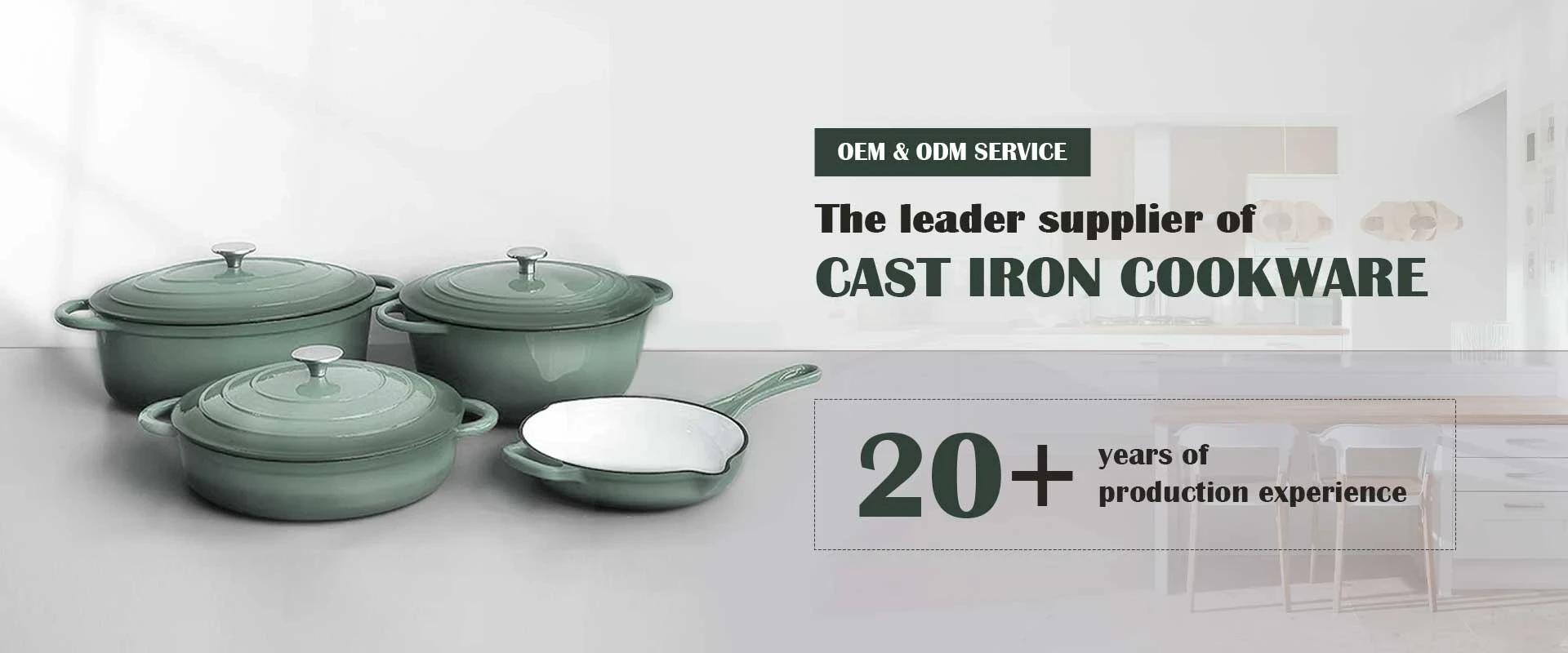
tiny dutch oven
Exploring the Wonders of the Tiny Dutch Oven
The tiny Dutch oven has emerged as a beloved kitchen companion for home cooks and gourmet chefs alike. Its charming size and remarkable versatility make it an essential item in any kitchen, transforming the way we cook and enjoy our meals. This article delves into the origins, features, and benefits of the tiny Dutch oven, and why it deserves a place in your culinary arsenal.
A Brief History
The Dutch oven’s origins can be traced back to the 18th century in the Netherlands, where it was used for making stews and slow-cooked meals. The term “Dutch oven” likely originated from the method in which these pots were made using a sand mold, a technique perfected in the Netherlands. Today, Dutch ovens are known for their heavy, cast-iron construction, which retains heat incredibly well, making them ideal for both stovetop and oven use.
The modern tiny Dutch oven, typically ranging from 1 to 2 quarts in capacity, is a scaled-down version of its larger counterpart. These miniature pots offer the same quality and functionality but are perfect for individual servings or small family meals. With vibrant colors and charming proportions, tiny Dutch ovens have also become a trendy serving dish for tableside presentations.
Versatility in Cooking
One of the standout features of the tiny Dutch oven is its incredible versatility. From baking bread to simmering soups and stews, it can handle a wide range of dishes. You can use it for traditional recipes or experiment with new ones. Here are some popular uses for the tiny Dutch oven
1. Baking The tiny Dutch oven is perfect for baking smaller loaves of bread or artisan-style rolls. Its heavy lid traps steam, resulting in a perfectly crusty exterior and a soft interior.
2. Soups and Stews Whether it’s a hearty vegetable stew or a delicate chicken soup, the tiny Dutch oven retains heat beautifully, allowing flavors to develop and meld seamlessly.
3. Casseroles You can prepare delightful casseroles that serve one or two people, perfect for cozy dinners at home or when entertaining guests.
tiny dutch oven

4. Searing and Sautéing The oven’s ability to withstand high temperatures makes it excellent for searing meats before slow-cooking them, ensuring they are full of flavor and tenderness.
Benefits of the Tiny Dutch Oven
The tiny Dutch oven comes with numerous benefits that make it an attractive option for chefs and home cooks
- Space-Saving A great choice for those with limited kitchen space, the compact size is easy to store in cabinets or on shelves.
- Easier to Handle Smaller pots are lighter and easier to maneuver, making them perfect for those who may struggle with larger, heavier cookware.
- Portion Control Cooking in a tiny Dutch oven encourages portion control, which is beneficial for those looking to manage their intake or for small households.
- Beautiful Presentation Serving meals directly from the tiny Dutch oven adds a rustic charm to the dining experience. Its beautiful enamel finish elevates the presentation, making meals feel special.
Conclusion
The tiny Dutch oven is more than just a kitchen tool; it’s a versatile partner in culinary adventures. Whether you're a novice cook or an experienced chef, this little pot can enhance your cooking experience, making it easier and more enjoyable to prepare delicious meals. Embrace the tiny Dutch oven in your kitchen and discover the joys of cooking on a smaller scale. With its myriad of uses, charming appearance, and practical benefits, it's a culinary treasure that will serve you well for years to come.
-
Season Cast Iron Perfectly with GPT-4 Turbo TipsNewsAug.01,2025
-
High Quality Cast Iron Cookware - Baixiang County Zhongda MachineryNewsAug.01,2025
-
Premium Cast Iron Pan: Durable & Perfect HeatNewsAug.01,2025
-
High Quality Kitchen Durable Black Round Cast Iron Cookware Pancake Crepe Pan-Baixiang County Zhongda Machinery Manufacturing Co., Ltd.NewsAug.01,2025
-
Cast Iron Cookware - Baixiang County Zhongda Machinery | Nonstick, Heat ResistanceNewsAug.01,2025
-
High Quality Kitchen Durable Black Round Cast Iron Cookware - Baixiang County Zhongda Machinery | Non-Stick, Heat Retention, DurableNewsJul.31,2025


